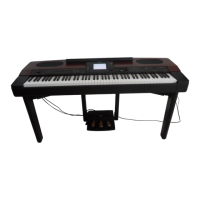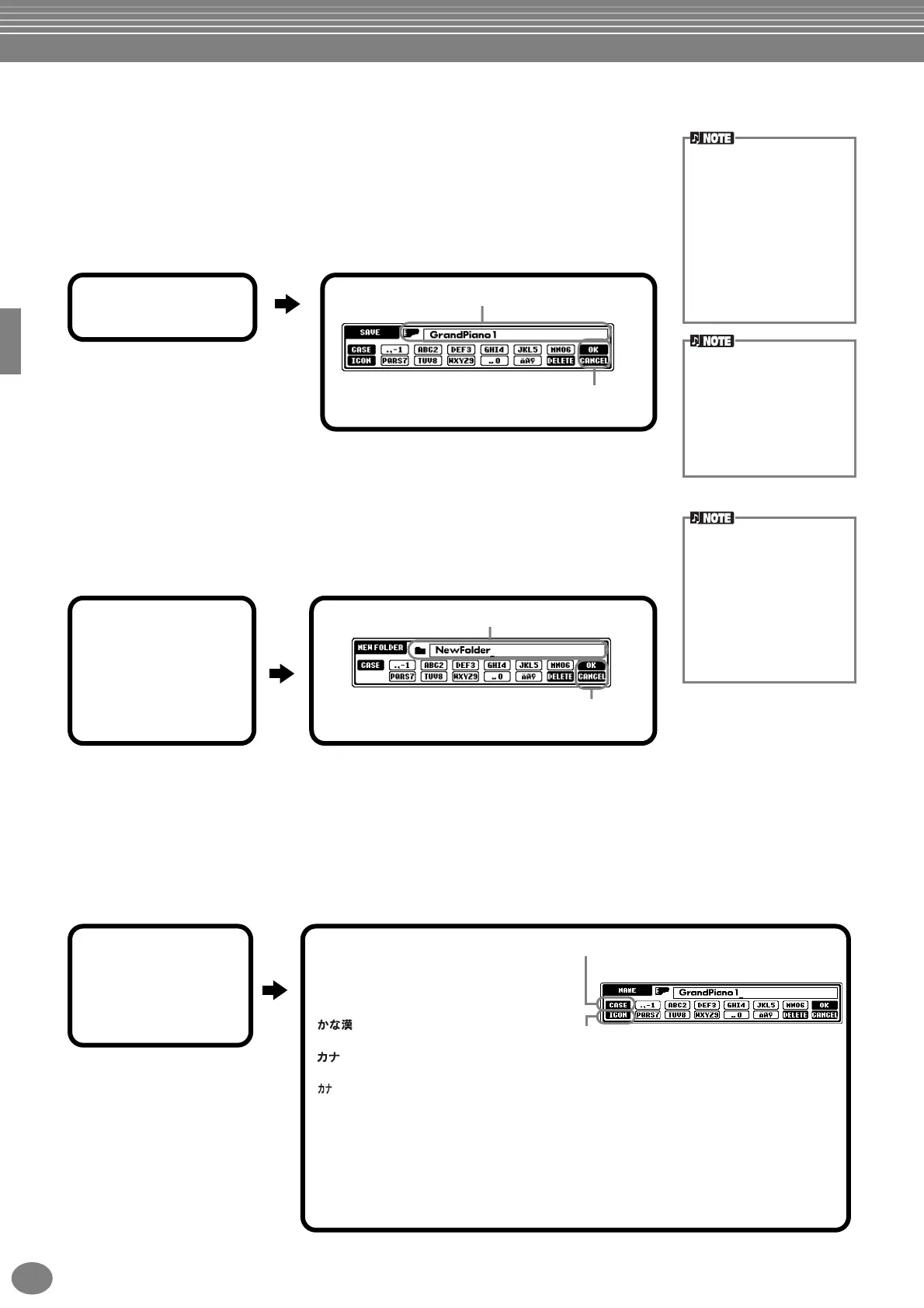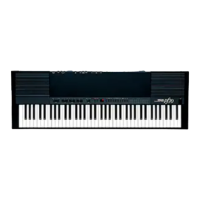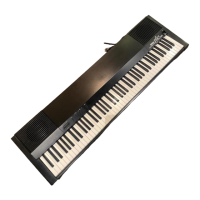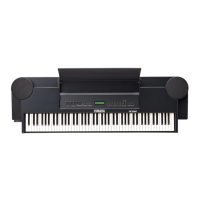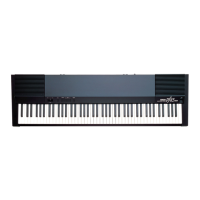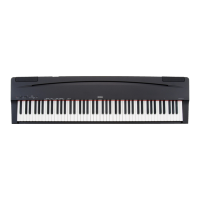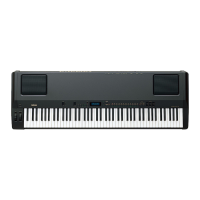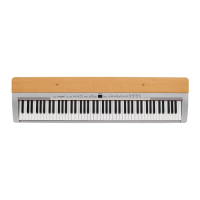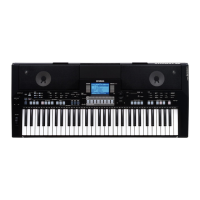Basic Operations — Organizing Your Data
PF-1000
44
Saving Files
This operation lets you save the data (such as song and voice) you created in current
memory (page 39) to files. The files can be saved only to the USER and FLOPPY DISK
drives.
If the Open/Save display for the type of data you wish to save is not shown, first return to
the MAIN display by pressing the [DIRECT ACCESS] button followed by the [EXIT] button.
Then, press the appropriate button [A]–[J] from the MAIN display to call up the respective
Open/Save display. Finally, call up the USER or FLOPPY DISK page (pages 38, 39).
Organizing Files by Creating a New Folder
This operation lets you easily organize your various files into categories by creating a new
folder for each category. Folders can only be created in the USER and FLOPPY DISK
sections.
Displaying Upper Level pages
Press the [8▼] (UP) button to call up the upper level pages. For example, you can call up the folder level pages from
the file level pages.
Entering Characters and Changing Icons
The internal memory capac-
ity of the PF-1000 is about
580KB. Memory capacity for
2DD and 2HD floppy disks is
about 720KB and 1.44MB,
respectively. When you store
data to these locations, all
file types of the PF-1000
(Voice, Style, Song, Regis-
tration, etc.) are stored
together.
The files of commercially
available DOC software and
Yamaha Disklavier software,
and their edited files on the
PF-1000, can be stored in
the USER page, but cannot
be copied to another floppy
disk.
Folder directories can con-
tain up to four levels.
The maximum total number
of files and folders which can
be stored is 800, but this
may differ depending on the
length of the file names.
The maximum number of
files which can be stored in a
folder will be 250.
Enter a name for the new file (page 45).
Press the [8▲] (OK) button.
To stop the operation, press the [8▼] (CANCEL) button.
1
Press the [6▼]
(SAVE) button.
Enter the name of the new folder (page 45).
Press the [8▲](OK) button.
To cancel the operation, press the [8▼] (CANCEL) button.
1
Call up the page to
which you wish to
create a new folder
and press the [7▼]
(NEW) button
(page 38).
If you select Japanese as the Language in the
FUNCTION display (page 140), the following
different types of characters and sizes can be
entered:
(kana-kan)
Hiragana and kanji, marks (full size)
(kana)
Katakana (normal size), marks (full size)
(kana)
Katakana (half size), marks (half size)
A B C — Alphabet (capital and small letters, full size), numbers (full size), marks (full size)
ABC — Alphabet (capital and small letters, half size), numbers (half size), marks (half size)
If you’ve selected a language other than Japanese in the FUNCTION display (page 140), the
following types of characters are available:
CASE — Alphabet (capital letters, half size), numbers (half size), marks (half size)
case — Alphabet (lowercase letters, half size), numbers (half size), marks (half size)
Change the type of character by using the [1▲] button.
Call up the ICON SELECT display by pressing
the [1▼] button. This lets you change the icon
at the left of the file name.
1
Press the [1▼]
(NAME), [6▼]
(SAVE), or [7▼]
(NEW) button
(page 38).
